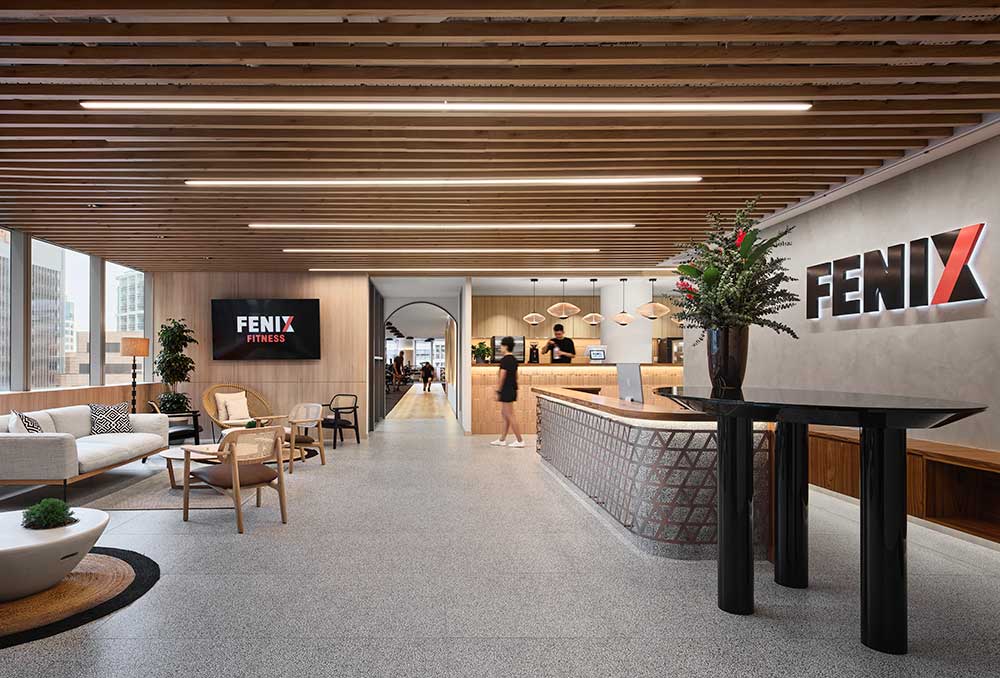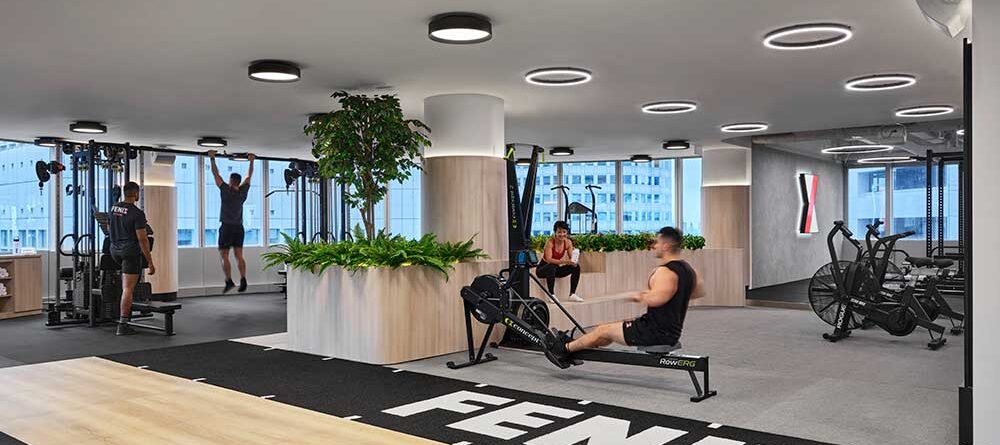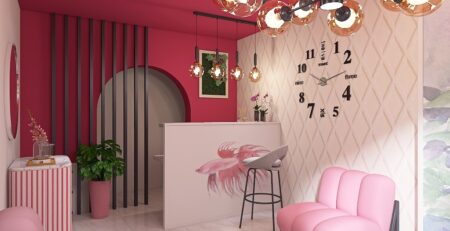Sustainable Design Solutions for Commercial Spaces in Singapore
“Sustainable living is not a sacrifice; it’s an investment in a better future.”
As the world becomes increasingly conscious about environmental sustainability, the need for sustainable design solutions in commercial spaces has become more pressing than ever. While some businesses may view sustainable design as a trend, it is quickly becoming a necessity in modern commercial spaces. In this article, we will explore the benefits of sustainable design and provide you with some practical solutions for making your commercial space more sustainable.
Sustainable design, also known as environmentally friendly design, eco-design, or green design, refers to the practice of creating products, buildings, systems, or environments that minimize negative impacts on the environment and human health while maximizing social and economic benefits. Sustainable design aims to meet the needs of the present without compromising the ability of future generations to meet their own needs. It encompasses various principles and strategies to reduce resource consumption, minimize waste, promote energy efficiency, and enhance the quality of life.
Benefits of Sustainable Design in Commercial Spaces
Sustainable design has numerous benefits for both the environment and the bottom line of businesses. Here are some of the benefits of sustainable design in commercial spaces:
Reduced Energy Costs: Sustainable design solutions, such as energy-efficient lighting and HVAC systems, can significantly reduce energy consumption and costs.
Improved Indoor Air Quality: By using sustainable materials that do not emit harmful chemicals, such as volatile organic compounds (VOCs), commercial spaces can improve indoor air quality for employees and customers.
Increased Brand Value: With consumers becoming more environmentally conscious, businesses that incorporate sustainable design solutions in their commercial spaces can increase their brand value and attract more customers.
Compliance with Regulations: In many countries, regulations related to sustainability are becoming increasingly stringent, and businesses that do not comply with these regulations may face fines or other penalties.
Sustainable design solutions for commercial spaces involve incorporating environmentally friendly practices and materials into the design, construction, and operation of buildings.

Here are some key strategies:
Environmental Responsibility: Sustainable design seeks to minimize harm to the environment by reducing greenhouse gas emissions, conserving natural resources, and protecting ecosystems and biodiversity.
Resource Efficiency: It focuses on using resources efficiently throughout the life cycle of a product or system. This includes selecting materials with low environmental impact, optimizing manufacturing processes, and designing for reuse, recycling, or composting at the end of the product’s life.
Energy Efficiency: Implement energy-efficient lighting systems such as LED lights, occupancy sensors, and daylight harvesting to reduce electricity consumption. Utilize energy-efficient appliances and HVAC systems, and consider renewable energy sources such as solar panels or wind turbines.
Water Conservation: Install low-flow plumbing fixtures such as faucets, toilets, and urinals to minimize water usage. Implement rainwater harvesting systems for irrigation and toilet flushing, and consider using graywater recycling systems.
Material Selection: Choose sustainable and environmentally friendly materials such as recycled content, rapidly renewable materials, and products with low volatile organic compound (VOC) emissions. Consider using salvaged or reclaimed materials whenever possible.
Indoor Air Quality: Design spaces with good indoor air quality by incorporating natural ventilation, using low-VOC paints and finishes, and providing adequate ventilation systems. Utilize air filtration systems to remove pollutants and improve air quality.
Passive Design Strategies: Employ passive design strategies such as orientation, shading, and insulation to optimize natural lighting, heating, and cooling within the building. Utilize high-performance glazing and efficient building envelopes to minimize heat gain and loss.
Waste Reduction and Recycling: Implement waste management strategies such as recycling programs, composting, and waste reduction initiatives. Design spaces with easily accessible recycling and composting bins, and consider using reusable or recyclable materials wherever possible.
Green Roofs and Walls: Incorporate green roofs and walls to improve insulation, reduce stormwater runoff, and enhance biodiversity. Green roofs can also provide additional outdoor amenity space for building occupants.
Adaptive Reuse and Renovation: Consider adaptive reuse and renovation of existing buildings rather than new construction whenever feasible. Retrofitting existing structures can reduce environmental impact and preserve valuable resources.
Biophilic Design: Incorporate elements of biophilic design such as natural materials, vegetation, and views of nature to enhance occupant well-being and connection to the natural environment.
Life Cycle Assessment: Conduct life cycle assessments (LCAs) to evaluate the environmental impacts of materials and design choices throughout the entire life cycle of the building, from construction to demolition. Use this information to make informed decisions and prioritize sustainability.
By integrating these sustainable design solutions into commercial spaces, businesses can reduce their environmental footprint, lower operating costs, and create healthier and more comfortable environments for occupants.
Sustainable design solutions are becoming increasingly popular in commercial spaces, and for good reason. By prioritizing sustainability, businesses can not only reduce their environmental impact, but also save money and improve the overall functionality and appeal of their commercial spaces. Nidhi Jain Design Studio, we’re committed to providing sustainable design solutions that meet the unique needs and goals of each of our clients. Contact us today to learn more about our sustainable design solutions and how we can help your business.
At Nidhi Jain Design Studio we love to know more about you and how we can make your lives more fulfilling . You could reach us at Nidhi Jain Design Studio call +65 98507375 or email at nidhi@nidhijain.sg



